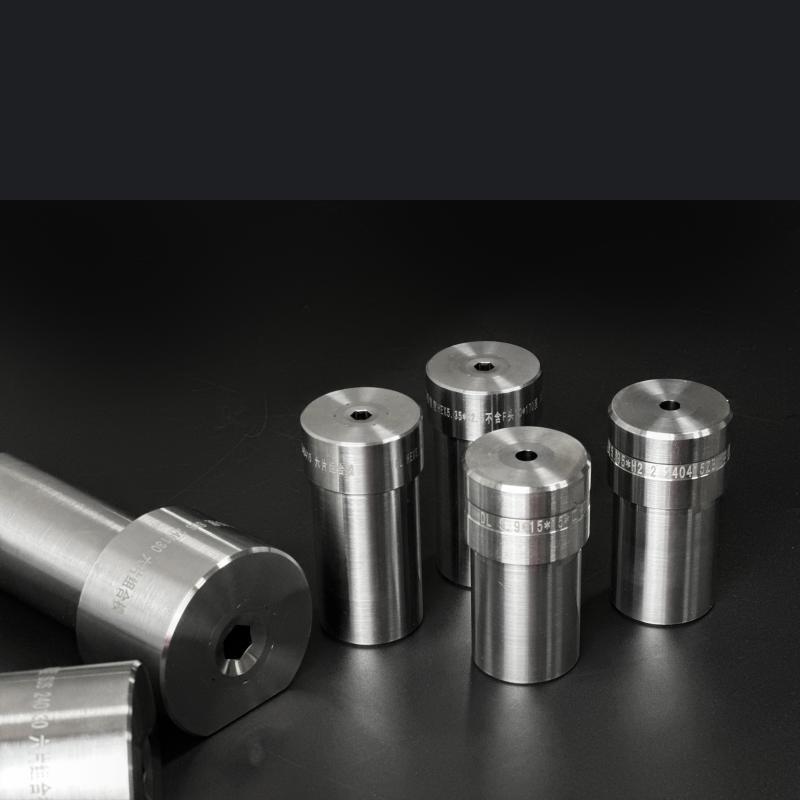In the field of metal forming, Punch Dies are critical tools used to achieve high-speed, high-precision stamping operations. Whether in the production of automotive components, electronic hardware, or household appliances, the performance and durability of stamping dies directly impact product quality and manufacturing costs. Therefore, extending the service life of Punch Dies is a key priority for both toolmakers and manufacturers.
This article explores several proven techniques to enhance the longevity and reliability of Punch Dies, including heat treatment, surface coatings, die clearance optimization, and lubrication management.

1. Heat Treatment: Strengthening the Core
Heat treatment is a fundamental process that significantly influences the durability of Punch Dies. By carefully controlling heating, holding, and cooling cycles, manufacturers can enhance hardness, toughness, and wear resistance of die materials.
Common heat treatment methods include:
Quenching and Tempering: Increases die hardness and deformation resistance under high load.
Vacuum Heat Treatment: Reduces oxidation and decarburization, improving surface quality and uniformity.
Cryogenic Treatment: Cooling dies below -120°C to refine grain structure, stabilize dimensions, and reduce residual austenite.
Proper heat treatment enhances fatigue resistance and helps prevent premature failures such as cracks and edge chipping.
2. Surface Coating: Protective Armor for Dies
Even with optimal heat treatment, punch dies are subject to wear and tear due to high-frequency impact and friction. Surface coating technologies provide a protective barrier to reduce friction, resist wear, and enhance thermal stability.
Popular coatings include:
TiN (Titanium Nitride): Gold-colored, offering good hardness and lubricity; suitable for general carbon steel stamping.
TiCN (Titanium Carbonitride): Higher wear resistance than TiN, ideal for high-speed or thick-sheet stamping.
DLC (Diamond-Like Carbon): Extremely hard and low-friction; perfect for stainless steel and aluminum stamping where adhesive wear is a concern.
These coatings are applied via PVD or CVD processes, forming ultra-thin layers that reduce surface degradation, lower operating temperatures, and improve overall performance.
3. Die Clearance Optimization: Balance Between Precision and Durability
Proper die clearance—the gap between the punch and die—is essential to achieve clean cuts and minimize wear. The optimal clearance depends on material type, thickness, and hardness.
Design considerations include:
Too Small a Clearance: Causes excessive friction and wear, leading to early tool failure.
Too Large a Clearance: Increases burr height and part deformation, compromising quality.
Adaptive Design: High-end die systems may feature automatic clearance adjustments based on real-time process feedback.
By accurately controlling the die clearance, manufacturers can improve product consistency, reduce rework, and extend tool life.
4. Lubrication Management: Reducing Friction and Heat
Lubrication plays a critical role in minimizing friction and dissipating heat during the stamping process. Choosing the right lubricant and application method can significantly reduce surface wear and thermal stress.
Common lubrication types:
Oil-Based Lubricants: Provide excellent cooling and anti-rust properties for high-speed stamping.
Water-Based Lubricants: More environmentally friendly, suitable for aluminum and stainless steel.
Dry-Film Lubrication: Applied as a coating before stamping to eliminate fluid mess and improve cleanliness.
Regular maintenance, including cleaning dies and monitoring lubrication effectiveness, is essential for ensuring consistent performance and reducing abnormal wear.
Extended Lifespan Begins with Precision Management
The service life of punch dies is not solely determined by initial material quality but also by how well they are treated, designed, and maintained throughout their lifecycle. From proper heat treatment and protective coatings to precise clearance settings and effective lubrication, each step contributes to a longer-lasting and more reliable die.
As the manufacturing industry moves toward intelligent and sustainable production, die life management is becoming more sophisticated. Future advancements—such as predictive maintenance using sensor data and AI analytics—will further optimize die performance and support cost-effective, high-efficiency operations.











